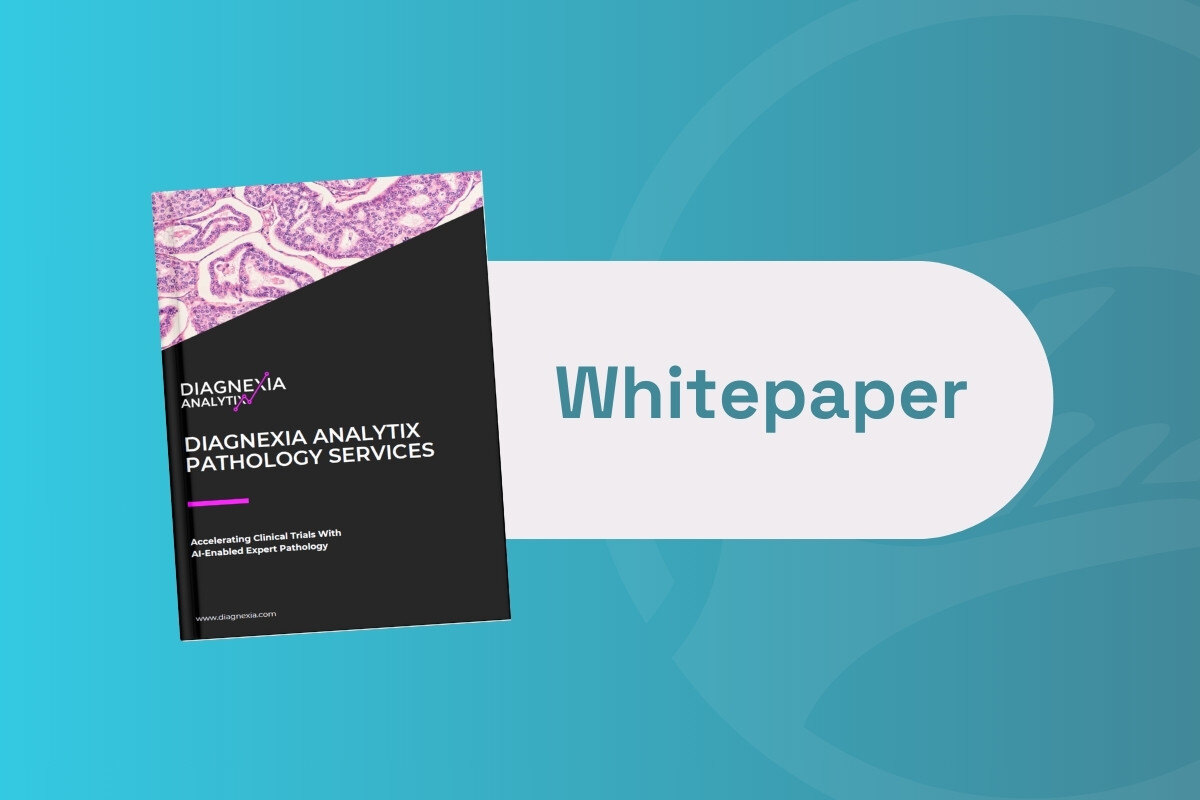Predicting Parkinson’s Disease with Machine Learning

A study conducted by researchers from multiple universities and institutes has used unsupervised and supervised machine learning techniques on comprehensive and longitudinal clinical data to identify patient subtypes and predict disease progression of Parkinson’s disease.
The research aimed to utilise the data from the Parkinson’s Disease Progression Marker Initiative to identify three distinct disease subtypes pertaining to highly predictable progression rates. These were slow, moderate, and fast disease progression.
- The Ethical Issues of Pre-Emptive Dementia Diagnosis
- Urinary Biomarker Detects Early Onset of Alzheimer’s Disease
- Are Neuroimmune Proteins the Key to Neurodegenerative Disease Diagnosis?
The data-driven study demonstrated highly accurate projections of disease progression up to 5 years after the initial Parkinson’s diagnosis. Serum neurofilament light was identified as a significant indicator and biomarker of fast disease progression. Results were replicated using an independent cohort with a released analytical code and model.
Published in the journal npj Parkinson’s Disease, the study has provided significant insights to deconstruct Parkinson's disease heterogeneity and has the potential to improve clinical trials by refining the detection of significant clinical outcomes. Lead authors of the research collaboration also “anticipate that machine learning models will improve patient counselling, clinical trial design, and ultimately individualised patient care.”
A trained machine learning model which used UPDRS was able to predict subtypes successfully.
Whilst previous studies investigating the subtypes of Parkinson’s have used cluster analysis, the depth of phenotypic information and longitudinal assessment factors were often limited and variable. Moreover, the majority of previous studies had insufficient methods of capturing longitudinal changes over multiple clinical visits. No study to date has replicated cluster methods in an independent cohort with code and analysis transparency.
The current research adopted “previously used multi-modal data to produce a highly accurate disease status classification and to distinguish [Parkinson’s disease]-mimic syndromes from [Parkinson’s disease].” These efforts showed “the utility of data-driven approaches in the dissection of complex traits and have also led us to the next logical step in disease prediction: supplementing the prediction of whether a person has or will have [Parkinson’s disease] also to include a prediction of the timing and directionality of the course of their disease.”
A trained machine learning model which used UPDRS was able to predict subtypes successfully. According to the paper, the results “demonstrate[d] the utility of machine learning models in integrating features from multiple dimensions to provide an optimal classification performance.” Factors such as age, height, and CSF measurements were used as biomarkers for predicting subtypes at baseline.
Dadu, A., Satone, V., Kaur, R. et al. Identification and prediction of Parkinson’s disease subtypes and progression using machine learning in two cohorts. npj Parkinsons Dis. 8, 172 (2022). https://doi.org/10.1038/s41531-022-00439-z
Want to stay up to date with the latest Biomarker news? Register now for Oxford Global’s flagship event, Biomarkers UK. This is a must-attend forum covering the latest trends transforming biomarker and translational research.
Get your weekly dose of industry news here and keep up to date with the latest ‘Industry Spotlight’ posts. For other Biomarkers content, please visit the Biomarkers Content Portal.






.jpg)
